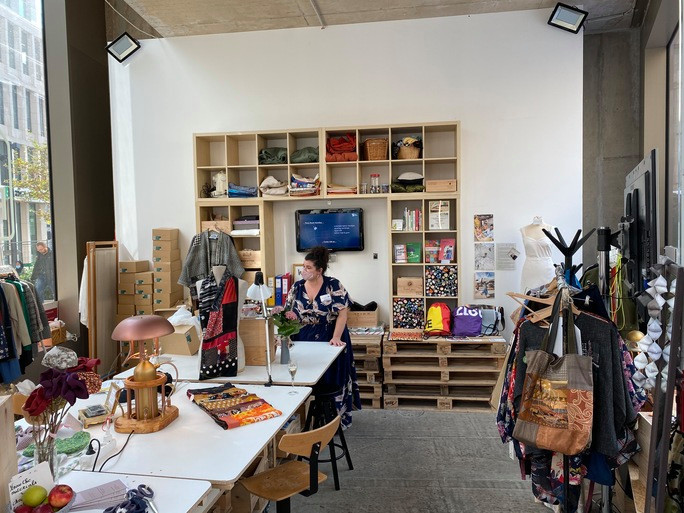How many people think of the consequences of fast fashion while searching for the Black Friday best sellers or strolling down the aisles of the big fashion retailers? Probably not too many. But what happens if only eco-fashion brands were being produced in the first place?
A by the World Economic Forum identifies fashion as the third out of eight supply chains responsible for over half of global emissions. However, the largest share of emissions for the fashion industry (within the textile and garment production process) comes from fossil-derived energy.
In fact, it is estimated that about 45% of emissions could be reduced by switching production to renewable power sources. On the other hand, putting pressure on suppliers to increase process efficiency could decrease emissions by 15%, and almost 2% of all emissions can be reduced by recycling.
The scaling circularity report by the Global Fashion Agenda and McKinsey & Company estimates the fashion industry could become 80% circular by 2030. However, this will require investments of up to $7 billion in recycling infrastructure by 2026.
This puts into perspective the role that fashion brands will have to play in 2022 by paying more attention to supply chains and reassessing production methods.
At local level, the Rethink your Clothes campaign and the Circular by Design challenge are two of many exemplary initiatives aimed at promoting sustainable and ethical fashion, raising public awareness, supporting the growth of a thriving ecosystem, and boosting sustainable fashion production and consumption.
But the question remains, how committed are you to wearing more ethical and sustainable fashion brands in 2022?
This article was originally published in the .
